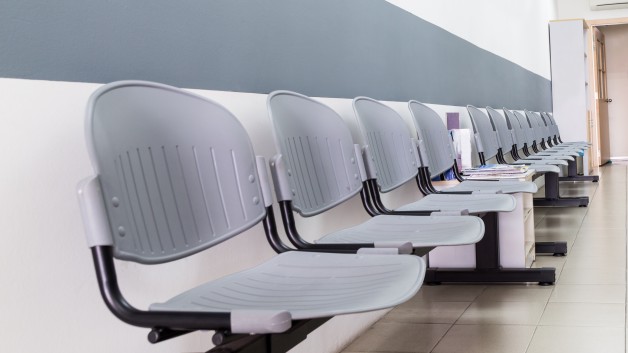By: Isaac Kaplan
Source: Artsy.net
Hospital patients expect that the medicine doctors give them will improve their health. But it’s possible that the nondescript painting of a country house, or an idyllic landscape hanging on a nearby wall, may also be part of the prescription.
When it comes to what style of art should be shown in hospitals, psychologists have suggested that figurative works are more beneficial to patients than abstract ones. But recently, this preference for figurative art in hospitals was challenged by researcher Stine Maria Louring Nielsen and professor Michael Finbarr Mullins of Aalborg University in Denmark. Their research found that, despite what has previously been thought, abstract art also has positive effects on wellbeing, and inspires meaningful personal contemplation.
Figurative art has been favored in hospitals in the past due to several psychological theories suggesting that patients should be thinking about anything other than being in a hospital. Distraction, for example, is believed to limit one’s experience of pain. Humans are also known to exhibit “biophilia,” an innate disposition for natural images, which are on short supply in a clinical hospital space. Additionally, a theory known as “emotional congruence” suggests that hospitalized individuals will interpret and react to art through a lens of stress or anxiety, unless guided by a positive image.

